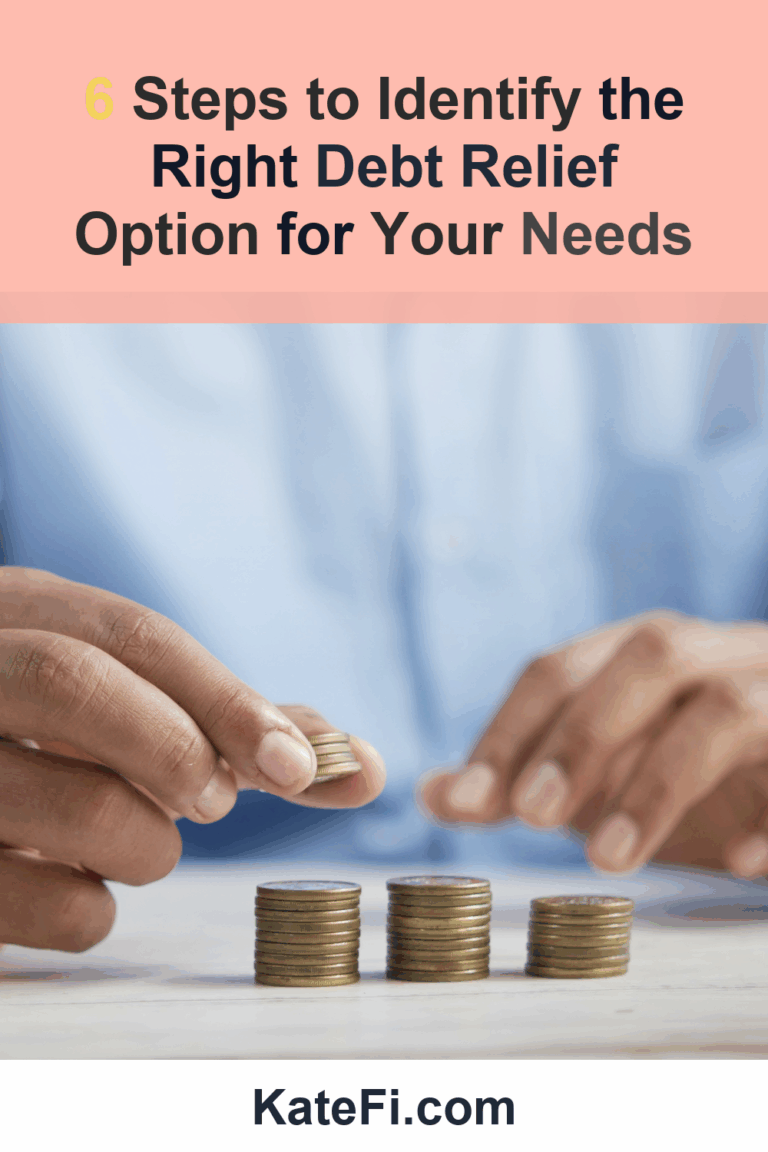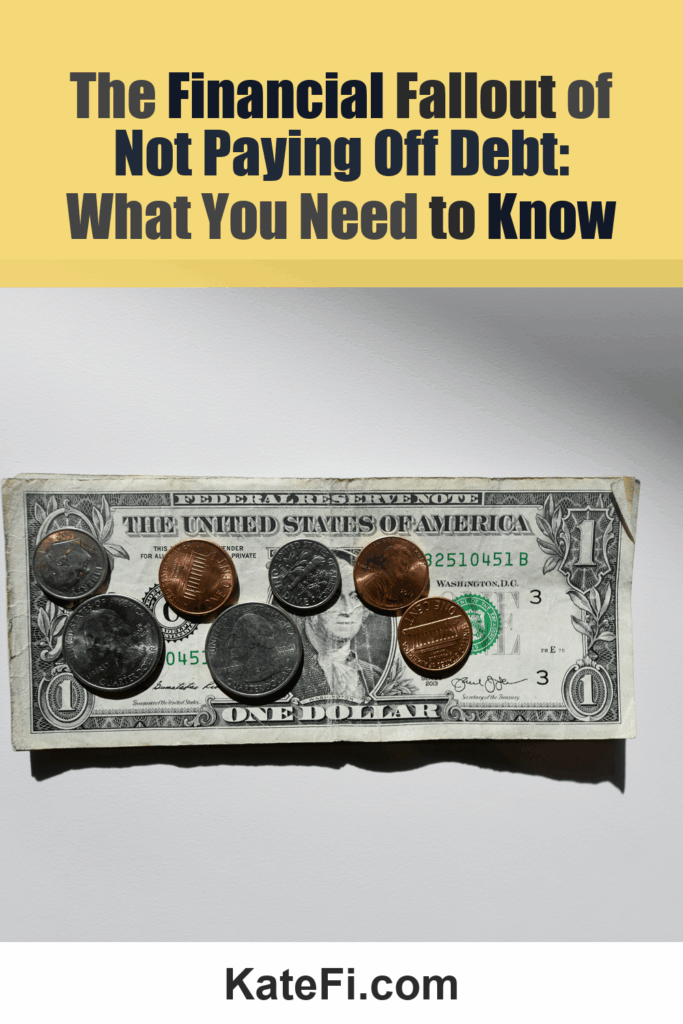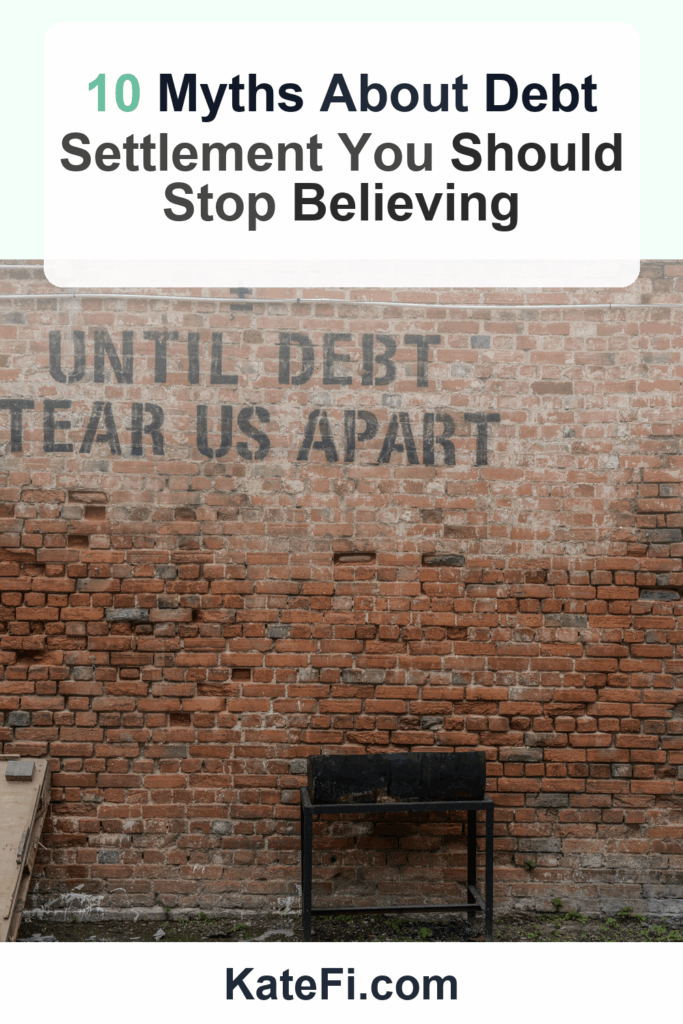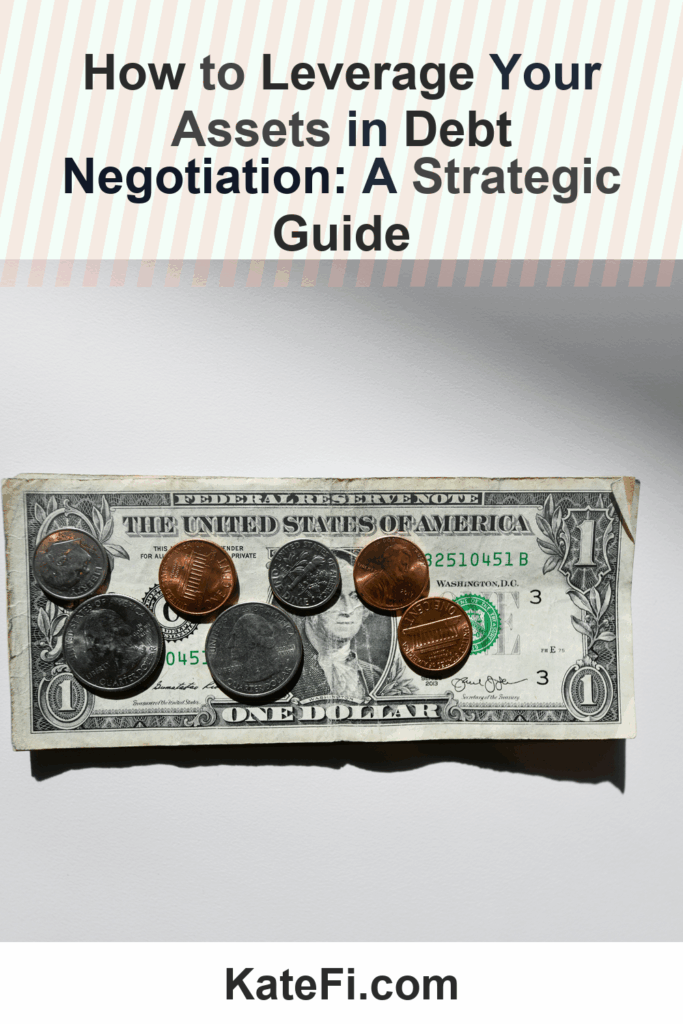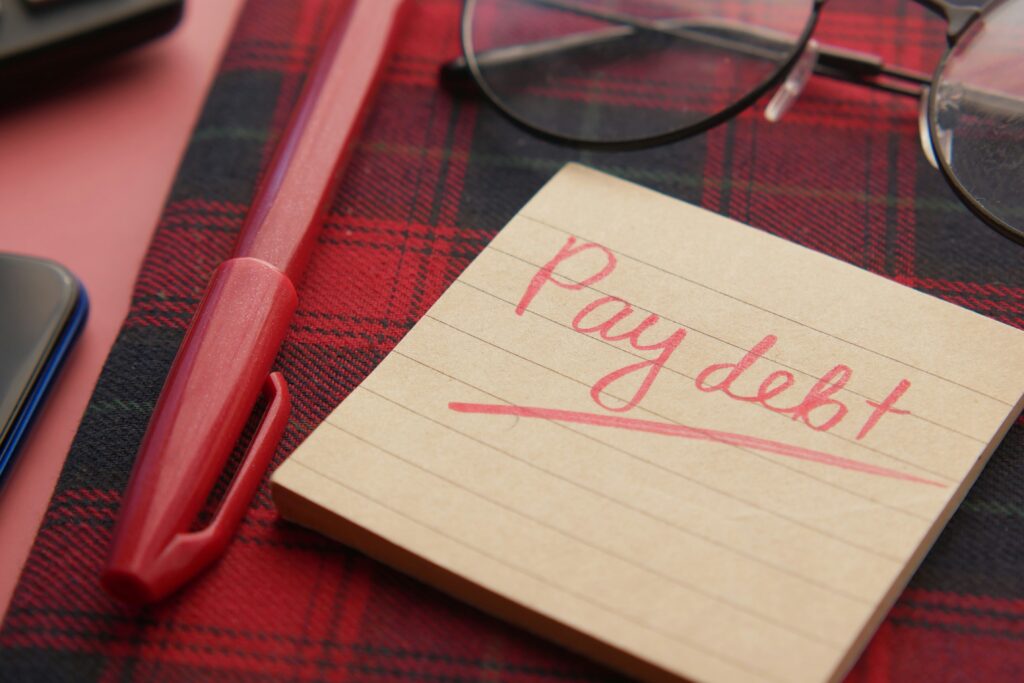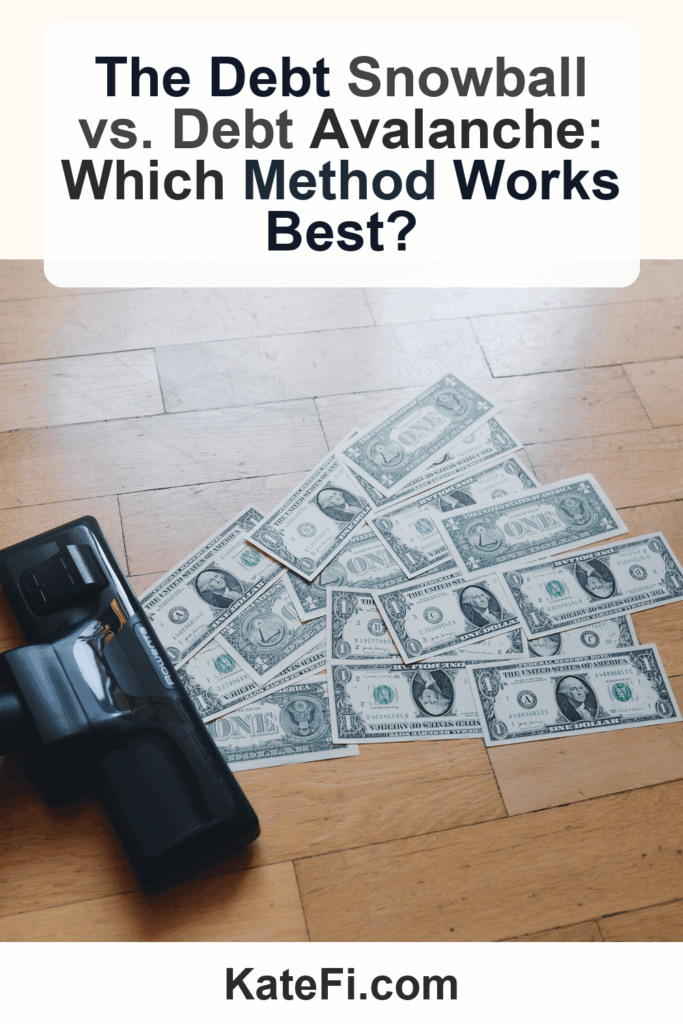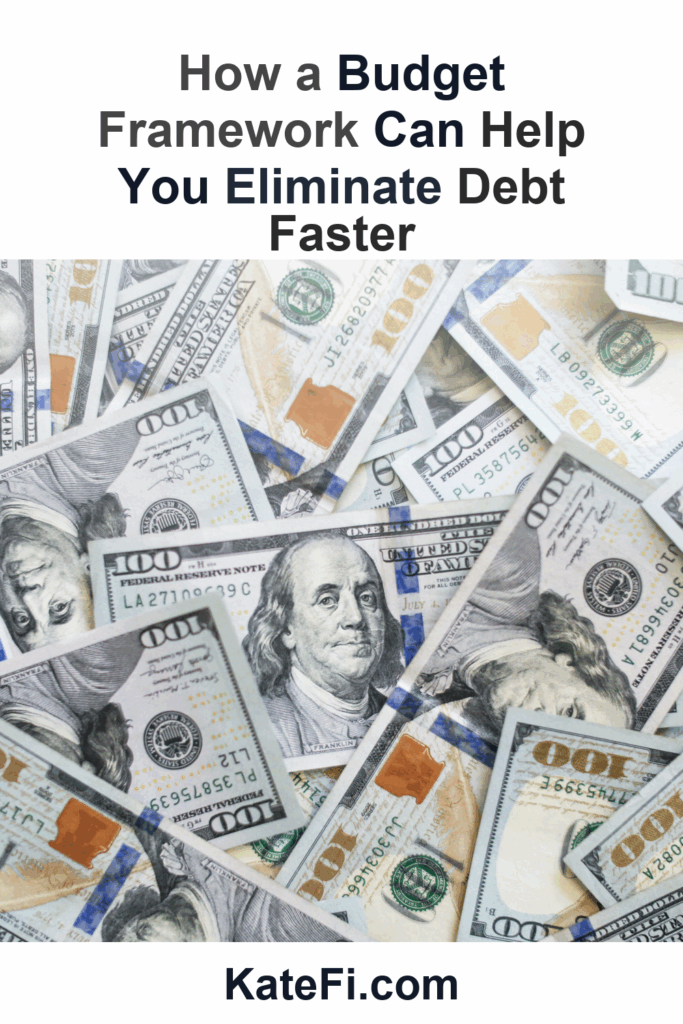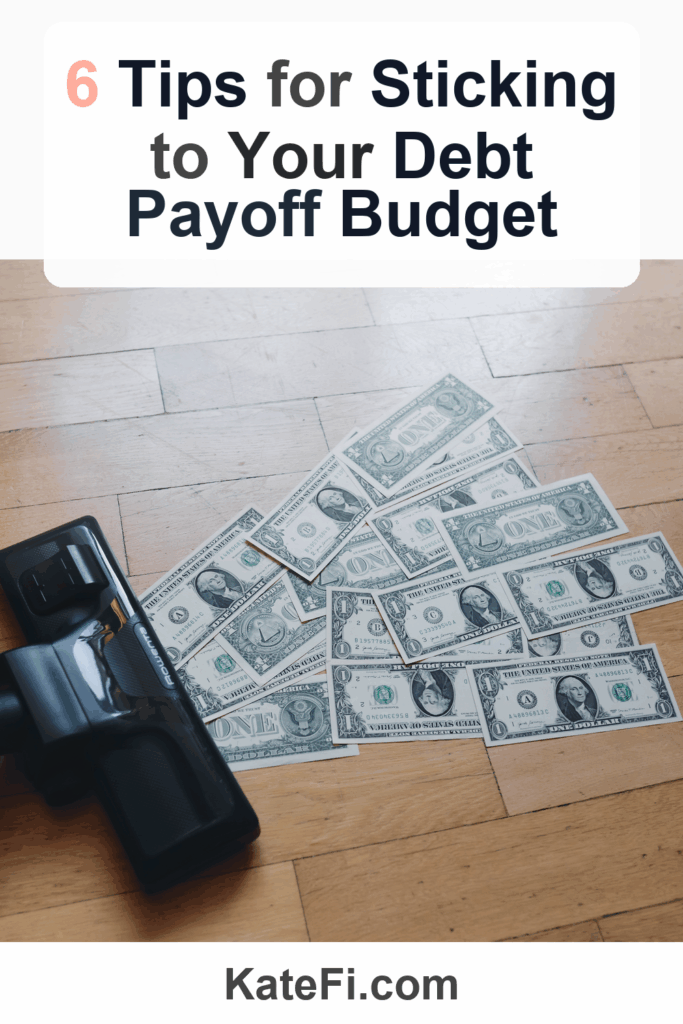6 Steps to Identify the Right Debt Relief Option for Your Needs
Struggling with debt can feel overwhelming. With so many options available, knowing which route to take for relief can be daunting. Whether you’re considering bankruptcy, debt settlement, or another form of relief, it’s crucial to understand your options and what might work best for your unique situation. In this guide, we will answer common questions related to debt relief, provide a checklist for preparation, and encourage you to get a free consultation to explore your choices.
Love our content? Show your support by following us — pretty please!🥺
FOLLOW ON PINTEREST
Hi! I’m Kate, the face behind KateFi.com—a blog all about making life easier and more affordable.
Step 1: Understand Your Debt Situation
👉 Start Your Free Debt Relief Review
Not available in IL, KS, OR, TN, UT, WV.
Q1: How do I start identifying my debt relief options?
To start, gather all your financial documents, including bills, credit statements, and loan agreements. This will provide a clear picture of your debts, interest rates, and payment terms.
Q2: What is the first thing I should consider?
Evaluate the types of debt you owe. Secured debts (like mortgages) differ from unsecured debts (like credit cards). This distinction can affect which debt relief options are available to you.
✅ See If You Qualify for Debt Relief
Step 2: Assess Your Financial Hardship
Lower Your Unsecured Debt
If you have $5,000+ in credit card or personal loan debt, a free consult can review options like settlement or hardship plans.
- One-on-one call to review your debts and goals
- See potential monthly payment reductions
- No obligation to enroll
Not available in IL, KS, OR, TN, UT, WV.
Q3: How do I know if I qualify for debt relief?
To qualify, you generally need to demonstrate financial hardship. Common indicators include a job loss, medical expenses, or unexpected bills. Make a list of your hardships and any significant changes in your financial situation.
Q4: What documents should I gather for a consultation?
Collect your income statements, recent tax returns, bills, and any collection notices. This documentation will help provide a clearer picture during your consultation.
Step 3: Explore Debt Relief Options
What You’ll Learn on the Call
- Estimated timeline and monthly payment range
- How credit may be affected in the short term
- What documents to gather to move faster
Not available in IL, KS, OR, TN, UT, WV.
There are various debt relief strategies available. Here’s a comparison of some of the most common options:
| Debt Relief Option | Pros | Cons |
|---|---|---|
| Debt Settlement | Reduces total debt owed | May impact credit score |
| Debt Management Plans | Simplifies payments | Can take several years |
| Bankruptcy | Can discharge most debts | Lasts 7-10 years on credit report |
| Credit Counseling | Personalized budget advice | Fees may apply |
Q5: When does debt settlement make sense?
Debt settlement is suitable if you have significant unsecured debt and are facing difficulties making minimum payments. However, it’s essential to consult with a professional to determine if it aligns with your long-term financial goals.
Q6: What about credit counseling?
Credit counseling is a valuable first step for many. It provides a holistic approach to managing debt and offers budgeting tools that can empower you to regain control of your finances.
✅ See If You Qualify for Debt Relief
Step 4: Evaluate Bankruptcy as a Last Resort
Q7: When should I consider bankruptcy?
Bankruptcy should be a last resort, typically when debts far exceed your ability to pay and your financial situation seems hopeless. However, it can be a way to obtain a fresh start.
Q8: What are the different types of bankruptcy?
The most common types are Chapter 7, which involves liquidating assets to pay off debts, and Chapter 13, which establishes a repayment plan to manage debts over three to five years.
Q9: Will bankruptcy impact my credit?
Yes, bankruptcy can significantly impact your credit score, remaining on your credit report for 7-10 years. However, it can also provide relief from creditor harassment and collections, allowing you to rebuild your credit post-bankruptcy.
Step 5: Consult with a Debt Relief Professional
Q10: Why should I consult a professional?
A qualified professional can assess your situation and guide you toward the best option. They will consider your financial goals, current situation, and preferences before recommending a path forward.
Q11: What should I expect during a consultation?
Expect to discuss your financial history, debts, and current hardships. The professional will provide insights into viable debt relief options based on your situation.
✅ See If You Qualify for Debt Relief
Step 6: Take Action and Monitor Progress
Q12: How can I ensure I’m on the right track after selecting a plan?
Regularly monitor your credit report and financial statements. Set up a budget and stick to it, ensuring you’re making progress toward reducing your debt.
Q13: What if I face setbacks during the process?
It’s essential to remain flexible. Life changes and unexpected expenses can arise. If you find yourself struggling, reach out to your debt relief professional for advice on how to adapt your plan.
Final Thoughts
Identifying the right debt relief option can be a complicated process, but taking these steps will put you on the path toward financial stability. Remember, while options like bankruptcy may provide relief, they come with lasting impacts on your credit.
If you’re ready to explore your options and take charge of your financial future, don’t hesitate to get a free consultation today. A debt relief professional can guide you through the various options available, tailored specifically to your needs.
✅ See If You Qualify for Debt Relief
Important: This content is for education only—not legal, tax, or financial advice. Results and eligible programs vary by situation and state. Fees apply if you enroll and complete a program. Debt relief can affect credit; missed payments may lead to collections/lawsuits. Not available in IL, KS, OR, TN, UT, WV.
Armed with this knowledge and resources, you are in a better position to make informed decisions about your debt relief journey. Remember, you’re not alone in this struggle—help is available.

